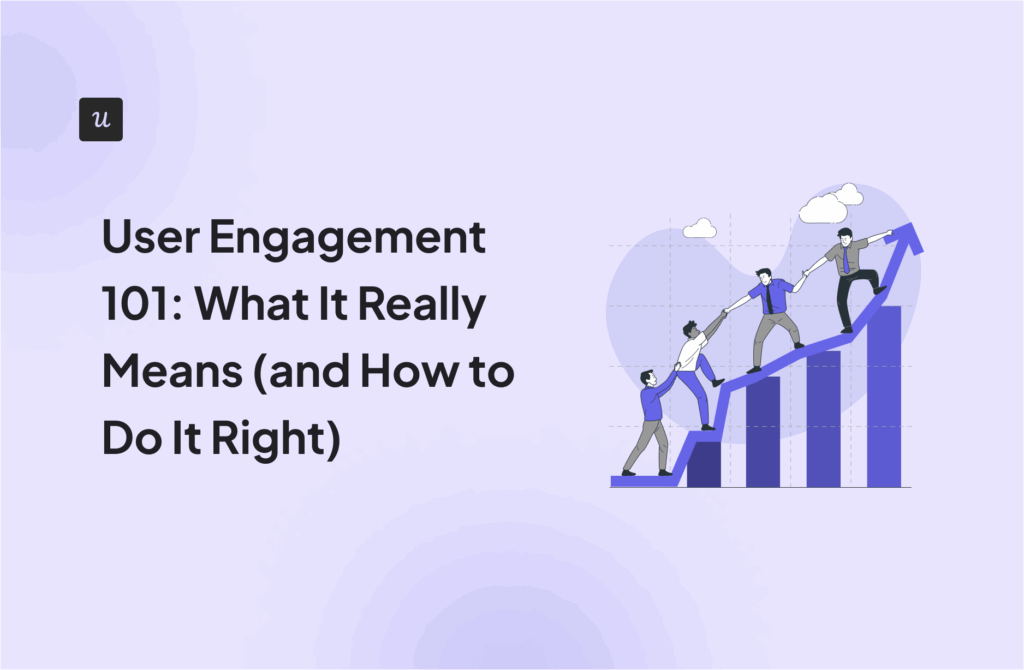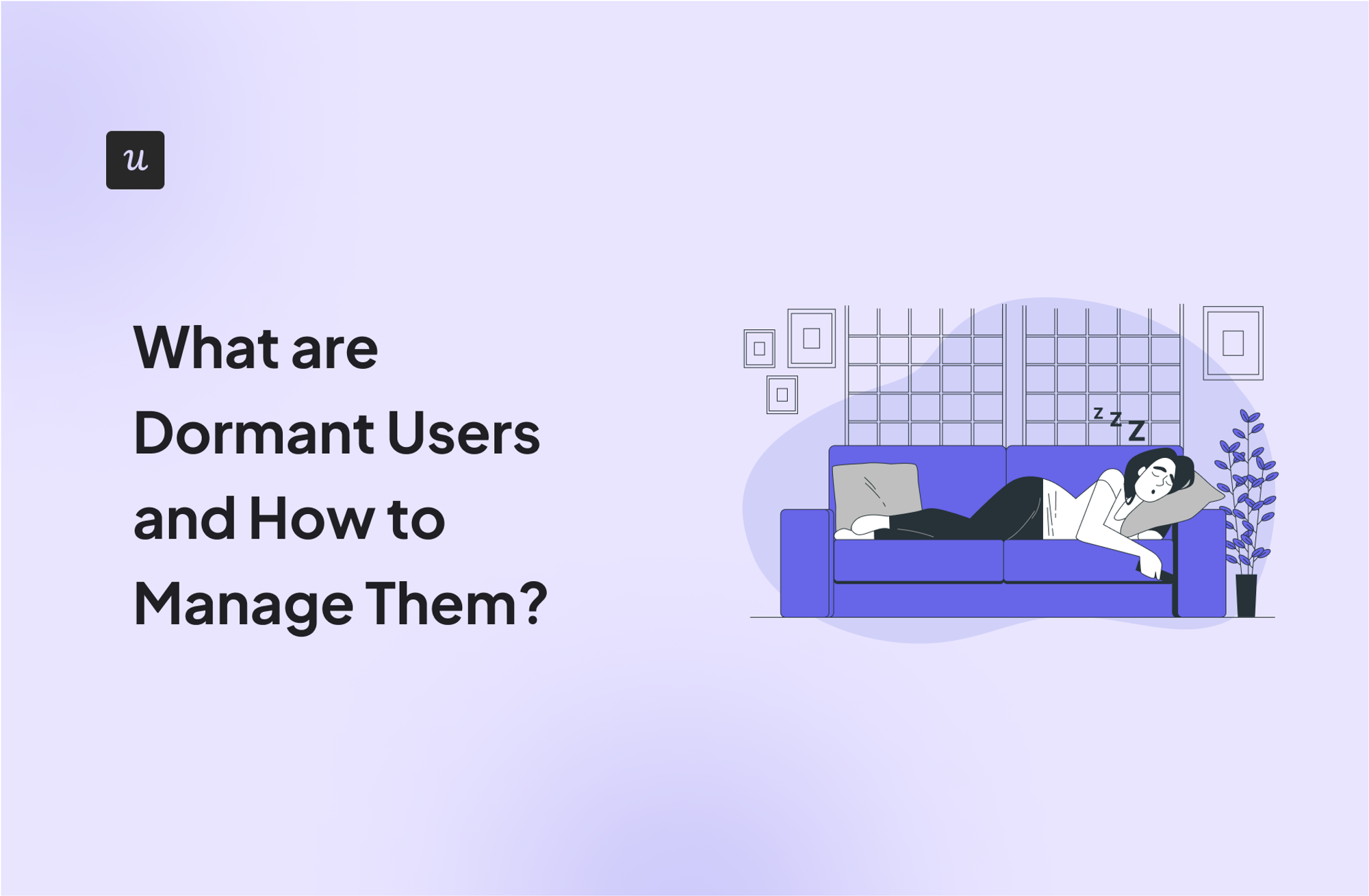
Try Userpilot Now
See Why 1,000+ Teams Choose Userpilot

What are dormant users?
A dormant or inactive user is someone who has signed up for your product or service but hasn’t used it in a while. Identifying dormant users can help product managers re-engage them, boosting retention and lowering churn.
Identifying dormant users with in-app analytics
What constitutes an “inactive user” differs for each industry and product. Thus, to identify dormant users, you must first determine what it means in your business and use analytics to monitor in-app user behavior.
You can do this by following this four-step process:
1. Define a dormant user for your company
The first step is to create the criteria for dormancy. For most companies, this is determined by the number of days the user has been away from the app.
Here are a few examples:
- A social media tool like Sked Social or a banking app might consider users “dormant” if they’ve been inactive for 30 days.
- A fitness or food-tracking app may define “inactive users” as those who haven’t logged in for over a week.
For other companies, simply logging in isn’t enough. For example, you may consider which in-app activities profitable users perform each time they log in. This leads us to the next step below.
2. Define in-app activities that profitable users perform
Identifying the activities your most profitable users perform each time they log in can help you to identify dormant users more easily. To do this, you’ll need to use analytics tools to track in-app user behavior.
Use your preferred customer analytics tool to look into the product usage patterns of your most profitable users.
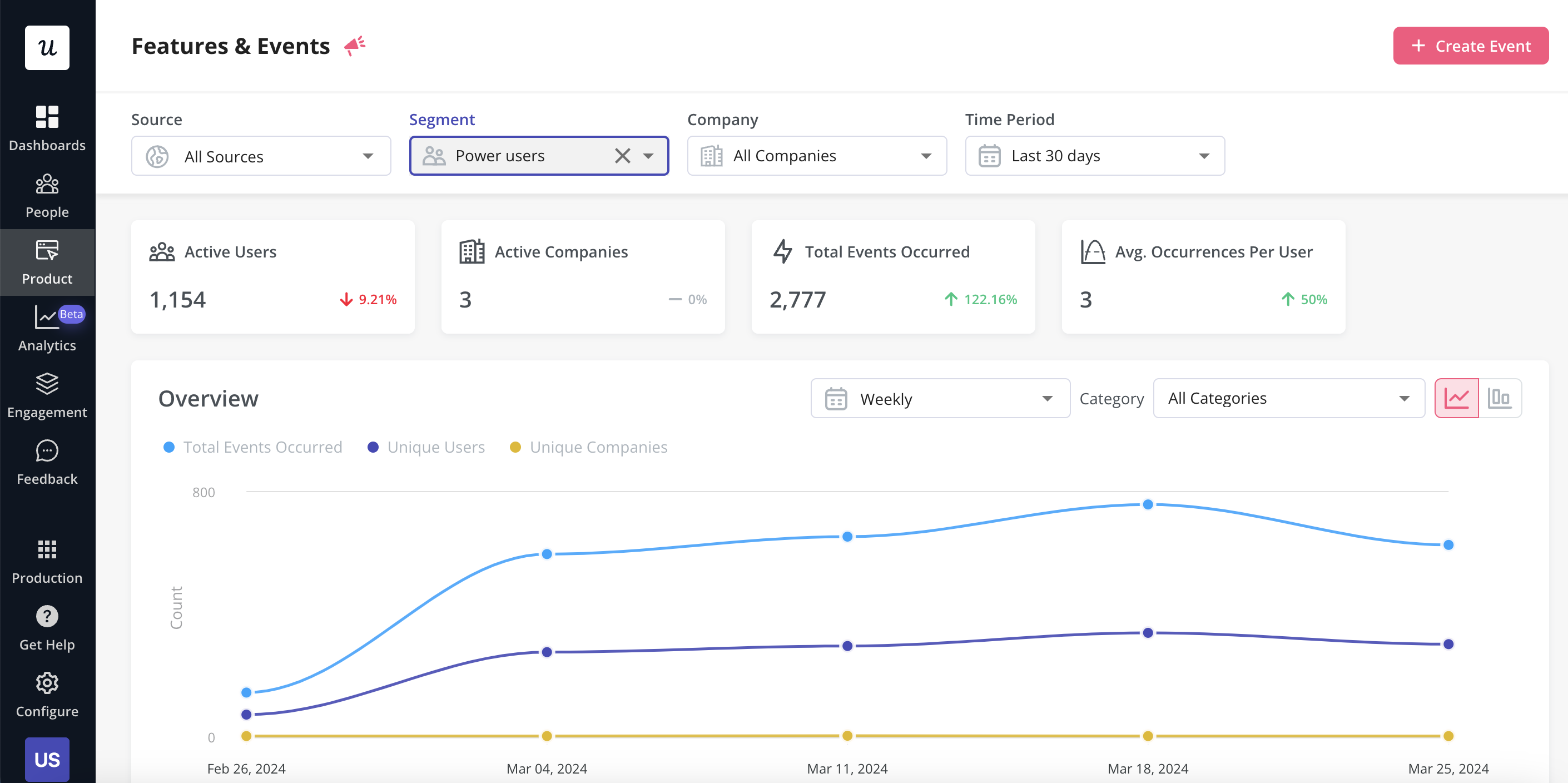
3. Track product usage to identify inactive users
Finally, it’s time to filter out inactive users. Use the activities identified above to track product usage and identify inactive users.
In addition to tracking the performance of specific activities, you can look at metrics such as the number of sessions per user, average session duration, number of activities performed per user, etc.
For example, for a social media scheduling tool, if power users schedule posts every week, dormant users can be categorized as users who don’t schedule a post in over a week.
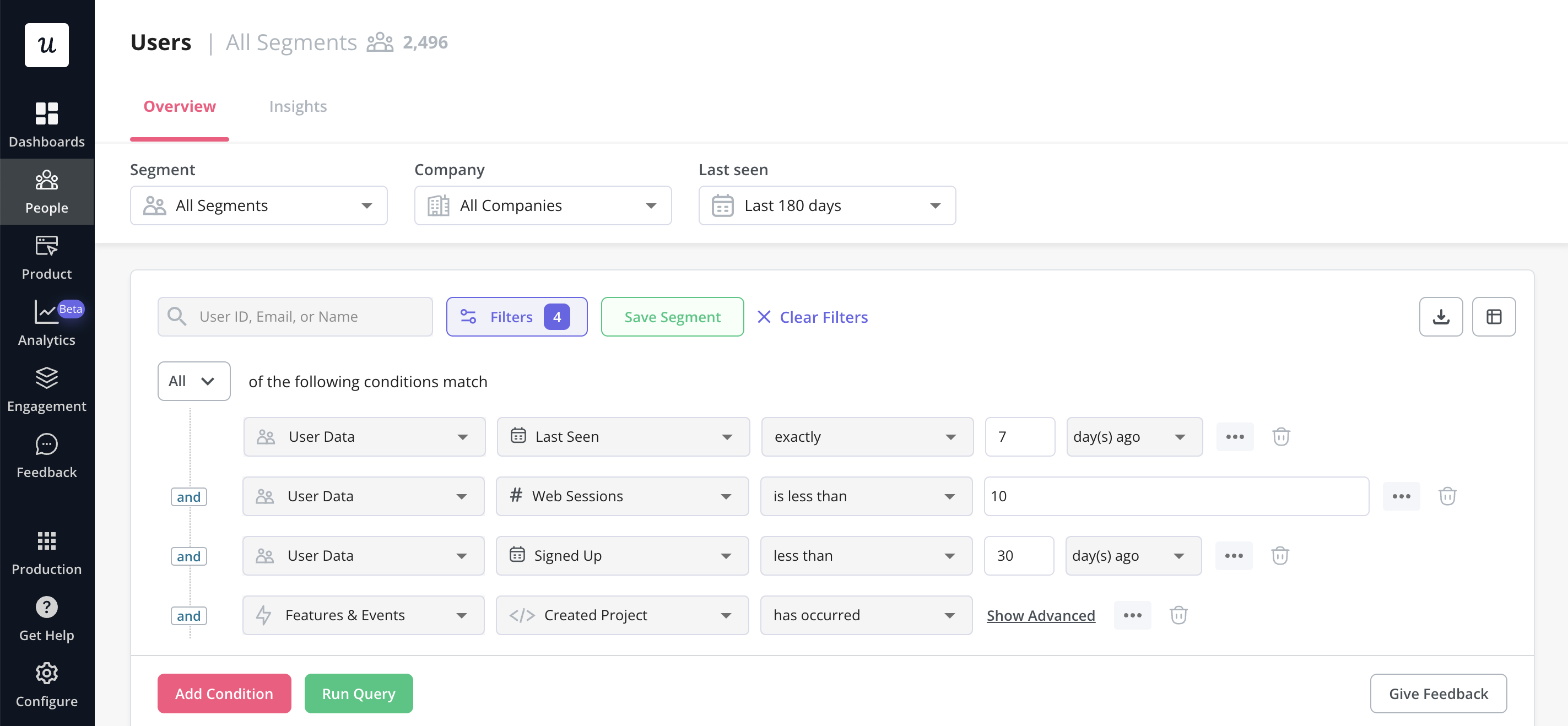
4. Extract deeper insights by analyzing dormant user data
Dive deeper into each segment by viewing the user details for each. You can gain insights into their behavior patterns, user feedback, and more to derive qualitative insights.
For example, if most dormant users shared feedback complaining about confusing navigation, you can provide clear app usage instructions to decrease inactive users and improve user retention.
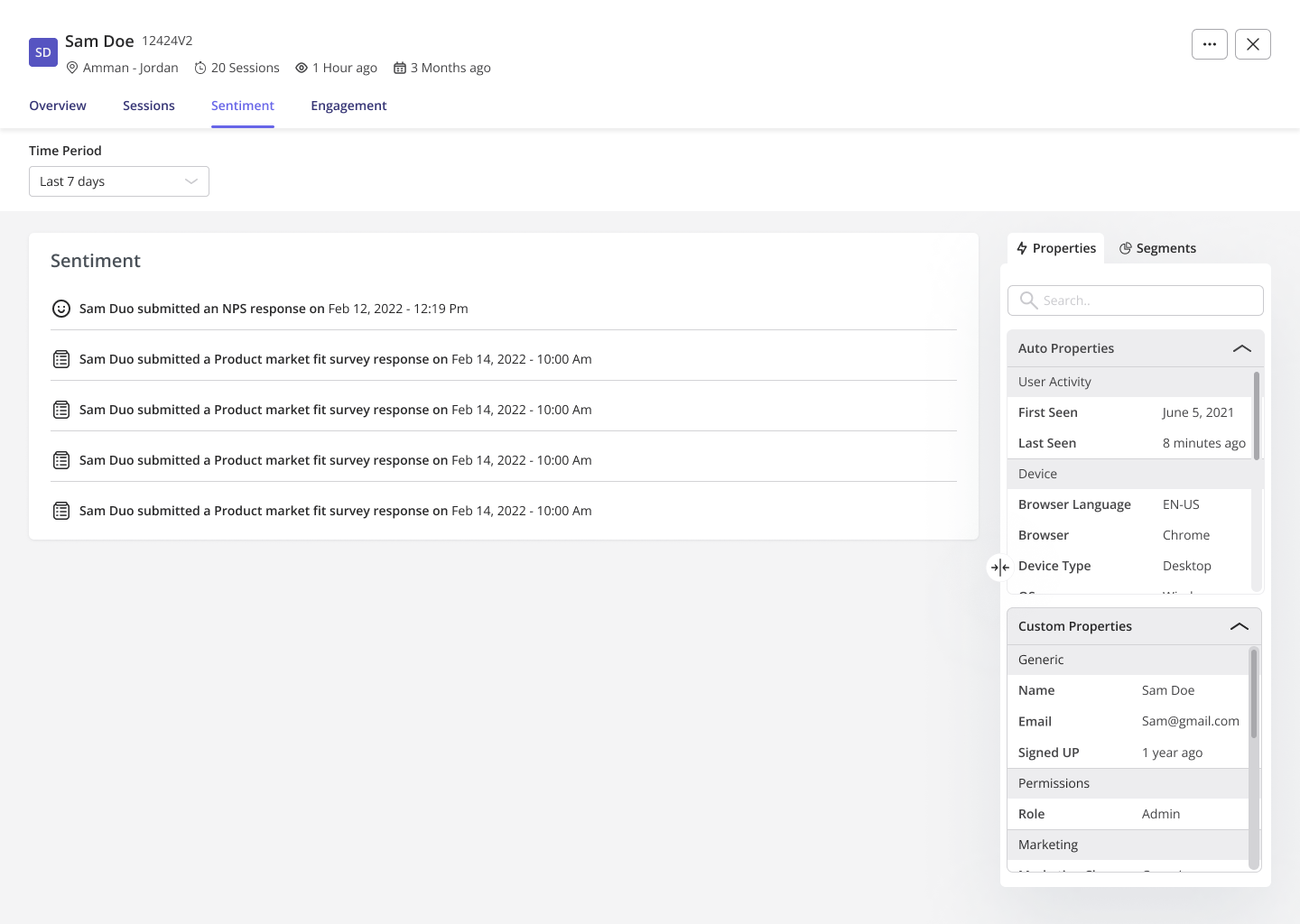
How do you re-engage dormant users?
Once you’ve identified dormant users, you can begin developing re-engagement campaigns to bring them back. Let’s now consider a few ways you can re-engage inactive users.
Proactively identify dormant users before they become inactive
One of the best ways to re-engage dormant users is to proactively identify them before they become inactive. You can do this by tracking user behavior and identifying at-risk customers.
There are a number of signals that show a user is at risk of dormancy, including:
- A decrease in the frequency of logins
- Reduction in their average session duration
- Abandonment of key in-app events
By analyzing customer analytics trends and comparing them to your benchmark definition of dormancy, you can identify at-risk users early.
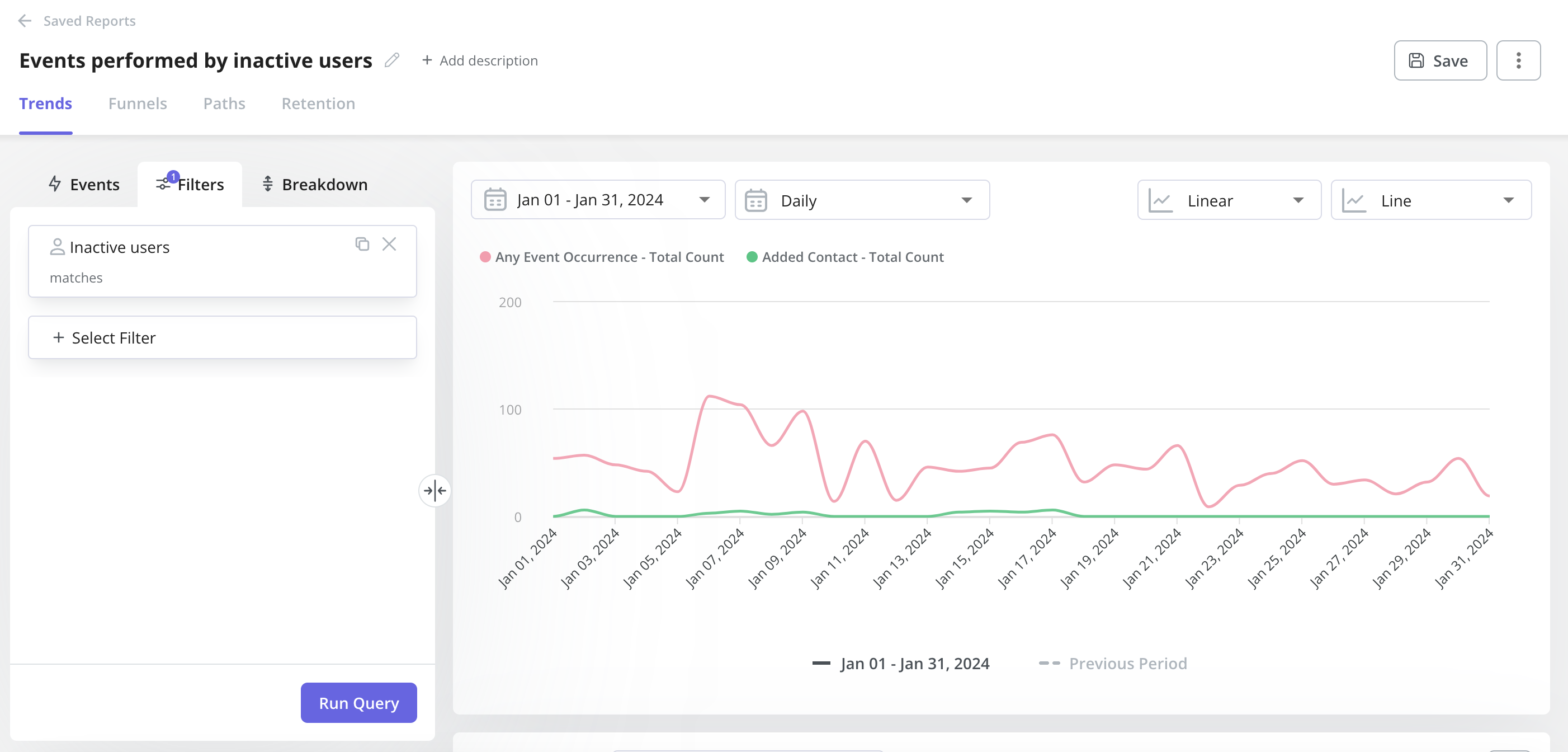
Once identified, reach out to them with a proactive re-engagement campaign. These campaigns should remind users of the benefits of your product and help them address whatever issues they’re facing.
Collect user feedback from unhappy customers
Another important aspect of re-engagement is understanding why users are unhappy or unsatisfied with your product. One way to do this is by conducting NPS surveys.
An NPS survey tells you how many users love your product (promoters) and how many don’t (detractors). Those with a high NPS score (9 or higher) are not only satisfied but are also likely to recommend the product to others.
The opposite is true for those with a low score (6 or lower), who are more likely to become dormant users. When preparing your survey, prepare follow-up questions for your detractors.
Use open-ended questions to determine the reason for their dissatisfaction. Analyze these responses to identify common pain points and areas for improvement. Then, take the time to address those issues and improve the overall user experience.
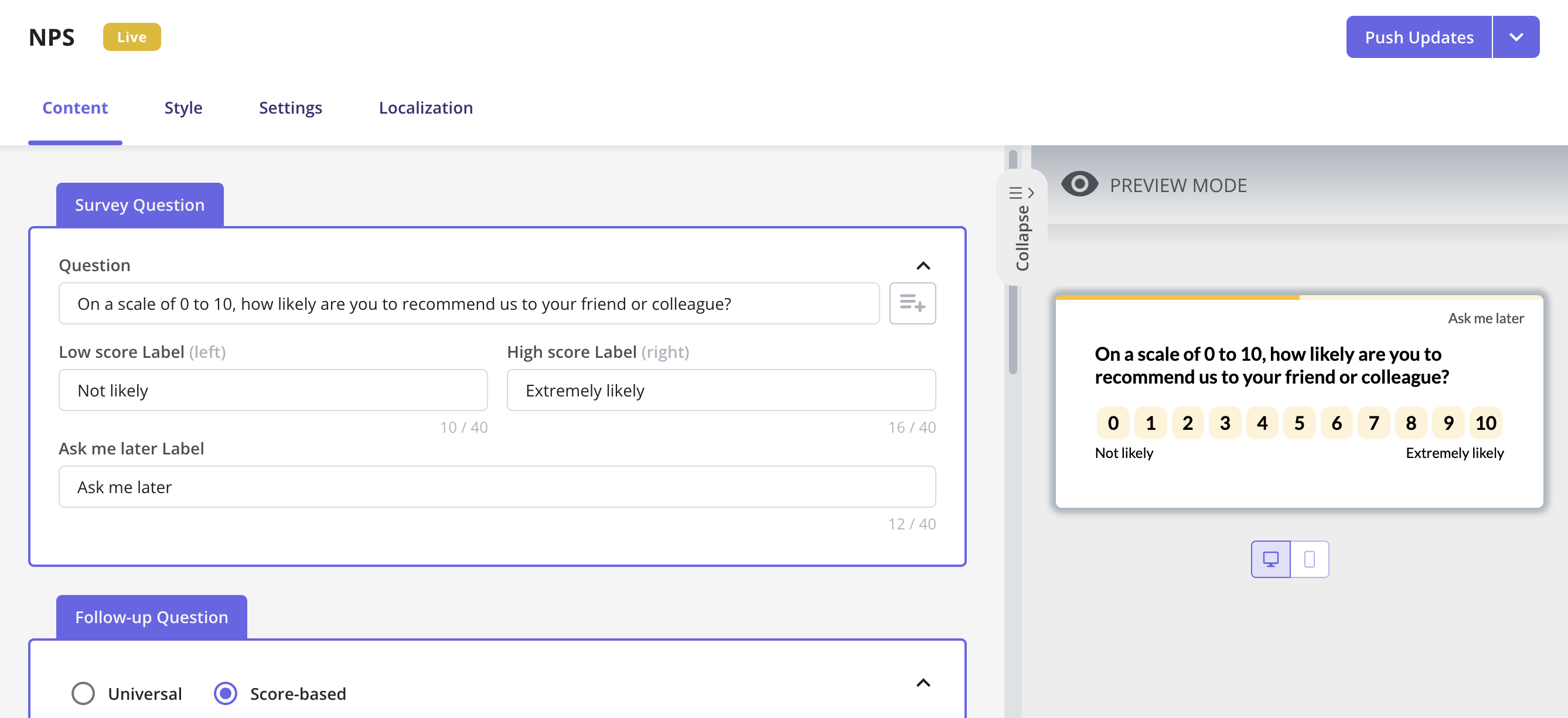
For instance, if many of your social media scheduling app users complain about adding posts one at a time, you can make your product more appealing by enabling users to schedule multiple posts at once.
Use win-back email campaigns to re-engage inactive customers
Win-back email campaigns are another great way to re-engage dormant users. It involves targeting a user segment with a personalized email you have created.
For example, you might send a different email to a dormant user who has not logged in for 30 days versus a dormant user who logged in but didn’t engage in a key activity.
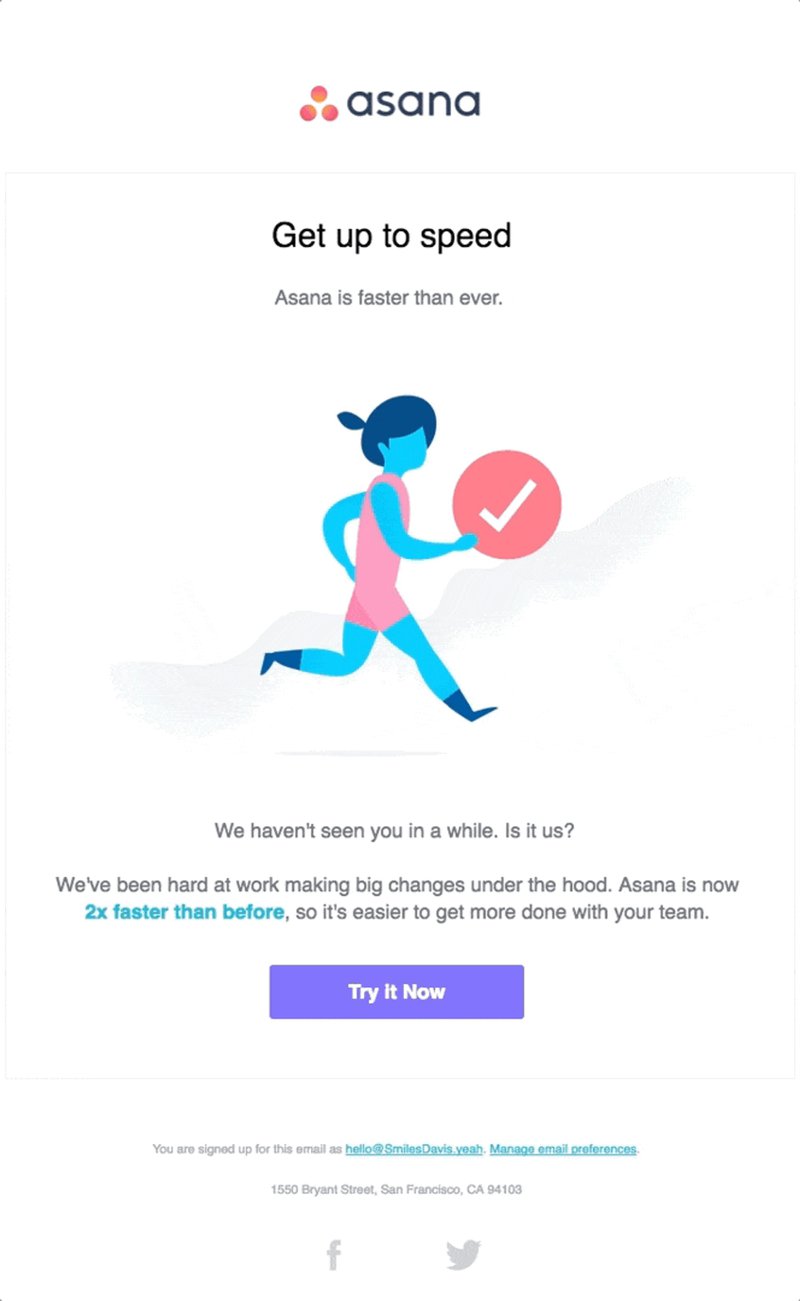
Note that a good win-back email is sent on time. If you take too long to engage dormant users, you may reduce their chances of returning. You can also include social proof for a more compelling message.
Deliver personalized messages in your re-engagement campaigns
Your re-engagement messages are more likely to be effective if they’re personalized to the user. You can start by using the user’s name when addressing them.
Next, directly address the user’s needs. If, for example, they’ve responded to an NPS survey or a churn survey, acknowledge and address any concerns they raised.
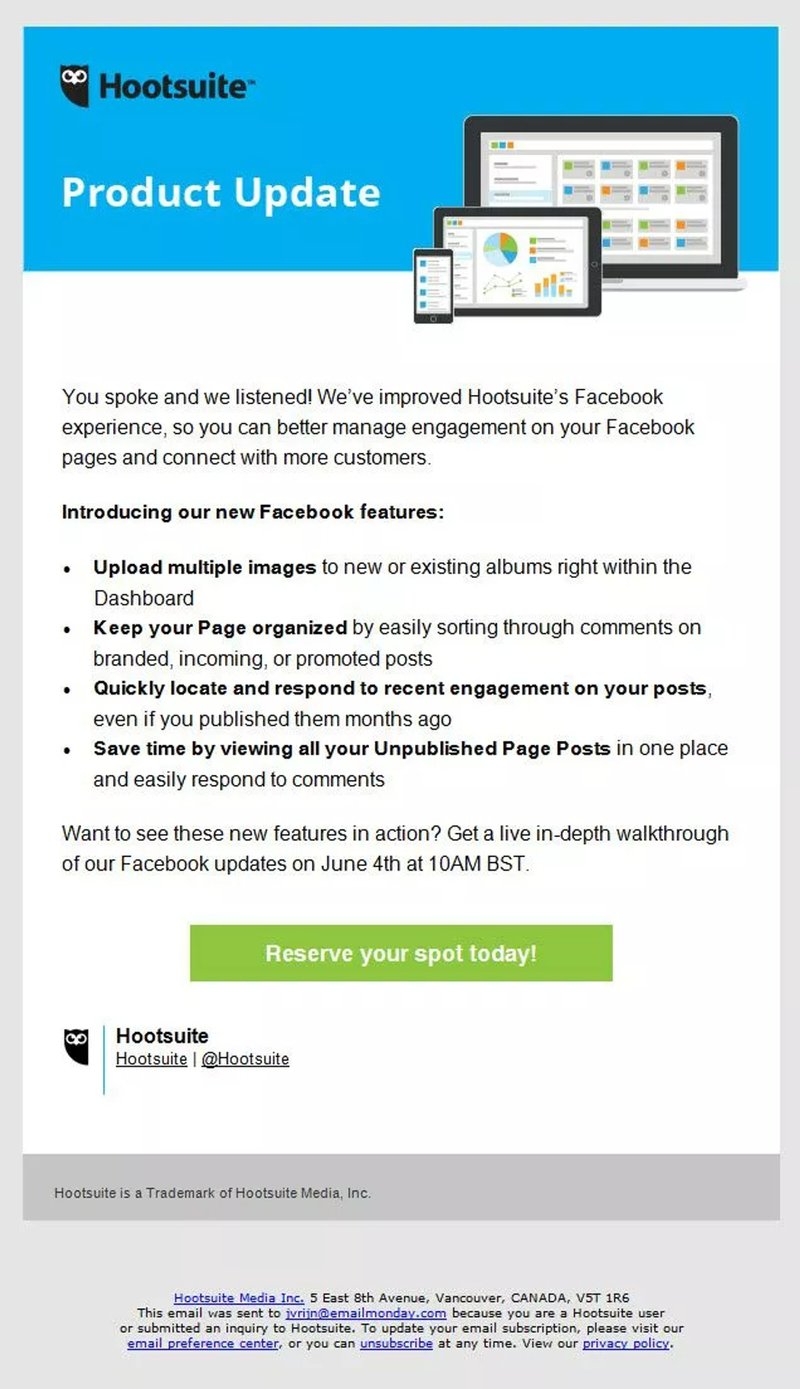
Implement push notifications with incentives for in-app actions
If your product is a mobile application, push notifications can be a great way to re-engage dormant users.
A good re-engagement push notification is behavior-based and actionable. It should also be used sparingly to nudge the user into action; if overused, the user may disable them.
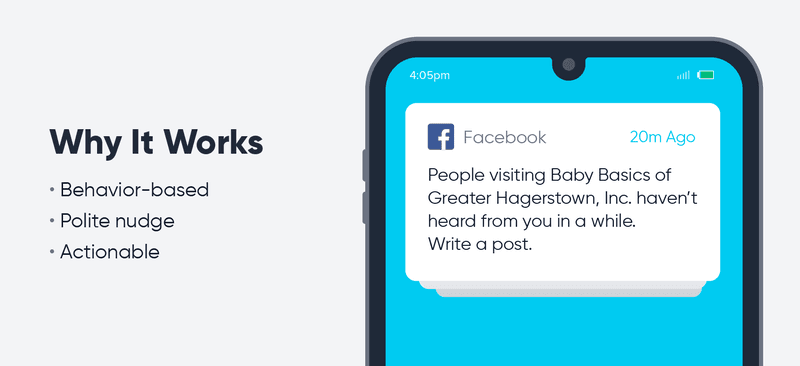
Conclusion
When trying to win back users, timing is everything. Send your message at the early stage of dormancy before you become a distant memory. Keep your messaging simple, relevant, and actionable.
Mostly, though, you’ll be best served by taking proactive action. With Userpilot, you can determine the traits of your most profitable users and find and re-engage at-risk users before they churn. Book a demo to learn how!





